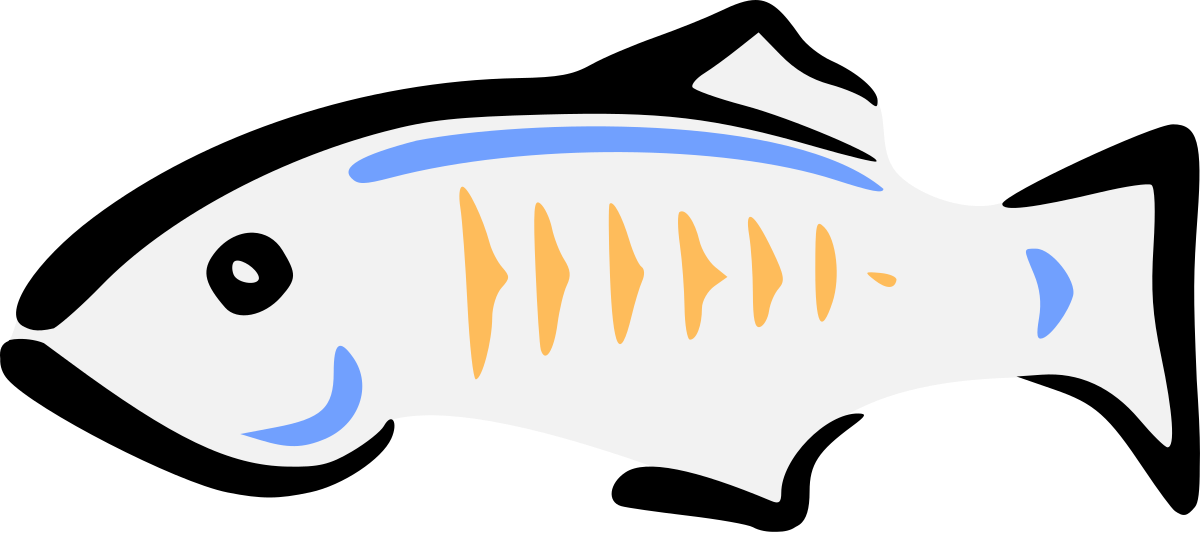

To automate configuration or the process of initializing an environment, you can write a Kubernetes operator.The Payara Kubernetes Operator, released as a Proof of Concept or Minimum Viable Product (MVP) in our June Payara Platform release, helps you to set up a Payara cluster using the Deployment Group feature of the Payara Server.

You also need to execute some commands within the containers to perform some configuration or initialization of the environment. When using Kubernetes, for more complex scenarios it is not enough to start the deployment or service. Introducing the Payara Kubernetes Operator.What is Docker and How is it Used with the Payara Platform (Japanese) ĭockerとは? DockerとPayara Server/Payara Microを一緒に使うには?.This article will explain more about introducing Docker. By packaging the required dependencies, it makes it easy to run it on any machine, regardless of small configuration differences.
GLASSFISH CONTAINER SOFTWARE
A container bundles all the software needed to run it. The Dockerfile script contains a few commands that define and prepare your image that will be run by the engine as a container.ĭocker is a platform which makes it easier to create, deploy and run your applications using containers. 14 Docker Tips for the Payara Platform Ĭreating a Docker image is not that difficult.Here, I present an effective method for Jakarta EE integration testing, using Payara Platform and Testcontainers in my example. However often teams struggle with it, due to a lack of standardized testing solutions and the unpredictability of real-world conditions. Proper integration testing helps to avoid both the "works on my machine" problem, and ensures developers can change the application effectively without breaking it. This is especially prevalent when Jakarta EE applications are developed and not properly tested in an isolated and cohesive manner. An even more prevalent problem is to maintain the quality of ever-changing applications during development and maintenance. One major issue when developing modern enterprise applications is the "works on my machine" problem: when an application works well on your machine but is not functional in production or even on a colleague's machine. Easy Jakarta EE Integration Testing with the Payara Platform and Testcontainers.Payara Platform Enterprise Vs GlassFish.If you found this tutorial helpful and would like to learn more, head over to the Packt store and get the book Java EE 8 Cookbook, authored by Elder Moraes. So now you’ve successfully built a container for your Java EE application, in Docker. eldermoraes/gf-javaee-cookbook: The reference to the image you just built.It is useful, for example, when more than one container is using the same port by default-you just use them differently. -p: Defines which ports will be exposed and how it will be done.-h: Defines the host name of the container.If we break it down, this is what the various elements of the command mean: The image builder is self-explanatory: docker build -t eldermoraes/gf-javaee-cookbook. This COPY command will literally copy the app.war file to the folder defined in the DEPLOYMENT_DIR environment variable.įrom here, you are ready to build an image and create a container. To build it, you’ll need a Dockerfile such as this: FROM openjdk:8-jdk To build your Java EE container, you’ll first need a Docker image.

You’ll also need to create an account at Docker Hub so you can store your own images. There are plenty of options, so I suggest you check this link and get more details:Īnd if you are not familiar with Docker commands, I recommend you have a look at this beautiful cheat sheet: Installing Dockerįirst, of course, you need the Docker platform installed in your environment.
GLASSFISH CONTAINER HOW TO
This recipe will show you how to deliver a Java EE application in a container bundle, which is called an appliance.


 0 kommentar(er)
0 kommentar(er)
